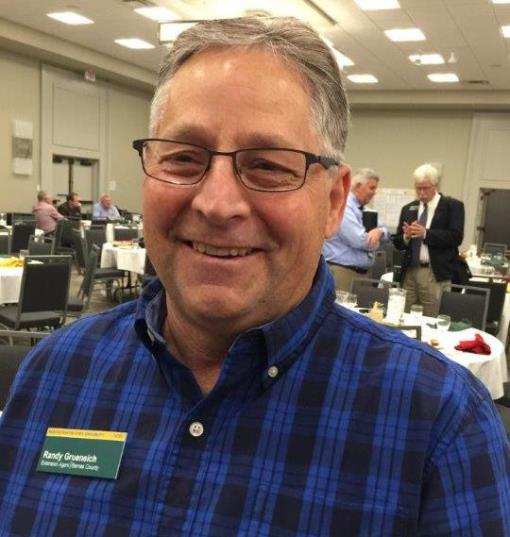
VALLEY CITY, N.D. (NewsDakota.com) – The following is a statement by NDSU Extension Educator Randy Grueneich about spring planting hurdles in 2020.
“Guess I’ll have to go to plan B” is a common expression all of us use when it’s obvious that what we are trying to do is not working and we need to try something else. I’m guessing just about every farmer in Barnes County would say that 2019 was a year they had to go to “Plan B” more often than they ever have in their farming career.
For example, 2020 will be the first spring some will have newly planted corn plants emerging in fields that are next to last years unharvested corn. Let’s quit looking in the rear view mirror and take a look at 2020. What I hear from visiting with Barnes County farmers is that for 2020 many have a plan I’m calling “ABC”. For this plan farmers are sorting fields into three categories, “ABC”, depending on the following criteria. Fields that I label as “A” are normally well drained and are planted in the normal planting window each spring. These are the fields that farmers know have the best chance of being planted in 2020. They plan to purchase all the needed inputs such as seed and fertilizer because they are confident they will get these fields planted.
Fields that I label as “B” are not as well drained, often are lower in elevation, and need more time to dry before they are ready to plant. If the weather cooperates they get planted most years but are not ready until later in the spring. For “B” fields, farmers are making plans to line up the necessary inputs but are hesitant to take delivery in case they are not needed.
Fields that I label as “C” are the most saturated every year and often have a high water table that does not allow them to dry until late in the spring. They are normally the last fields to get planted even on a dry spring. Because Barnes County fields are saturated at the start the 2020 season, it is not likely “C” fields will get planted this year. There is no rush for farmers to line up seed, fertilizer and other inputs for “C” fields until it looks like they have a chance of being planted. Most of the “C” fields that end up not being planted will be reported as “Prevent Plant” acres.
Every acre that is not planted in 2020 results in lower income for farmers because the Prevent Plant payment provides less income than raising a crop. It also means less income to all the crop production suppliers such as seed and fertilizer dealers. It hurts grain handlers as well because it reduces the amount of grain farmers haul to market. And it hurts everyone in Barnes County because of the loss of crop production dollars that multiply through the Barnes County economy.
My wish list for the spring of 2020 is simple, warm and dry weather that will allow as many acres as possible to get planted. It will be better for all of us in 2020 if we do not end up going to plan “C”.
Randy Grueneich
NDSU Extension Educator
